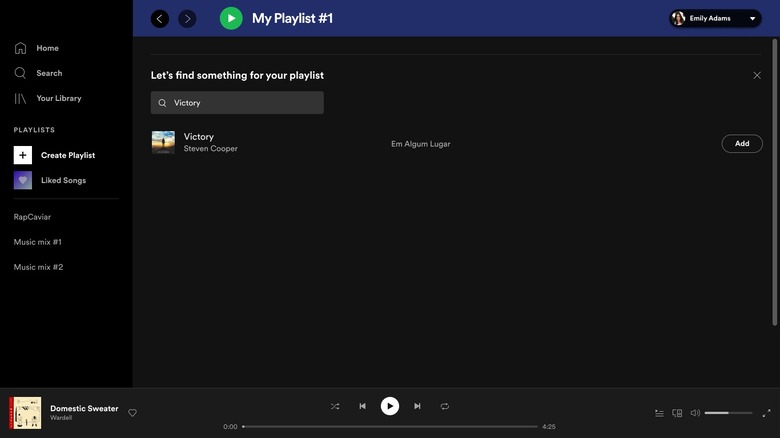Spotify Redesign Gives Desktop And Web Apps A Welcome Upgrade
Spotify has launched a new, redesigned version of Spotify desktop and web, bringing the apps up to speed with their mobile counterparts. The rework includes more controls but a cleaner layout, too, highlighting some of the recent feature additions and making it more straightforward to start new radio sessions or create playlists.
For instance, there's now support for adding descriptions to playlists – useful if you're sharing them – and adding images to them. There's support for dragging and dropping tracks into existing playlists, while an embedded search bar makes track, album, and podcast discovery more straightforward. From the results there, it's possible to pull content straight into a new or existing playlist.

The desktop app is also getting the ability to edit the Queue, and see what was recently played. "Your Library" is getting new sorting options as well. If you're a Spotify Premium subscriber, there's still offline playback support for downloaded music and podcasts. New keyboard shortcuts have been added for that and more; PC users can press Control + ? to see them, while Mac users can press Command + ? to get their full list.

More generally, Spotify for desktop and web has been finessed to look more like the mobile version, albeit taking advantage of larger screens in the process. Search has been added to the left side of the navigation page, making it more readily accessible, and listener profile pages have added top artists and tracks.
If you want to start a radio session, meanwhile, clicking the "..." menu for a song or artist offers that now.

Spotify says that the new look software will be rolling out globally over the coming weeks. It's a free download, for both Windows and macOS, and in the browser, though you'll need a paid account if you want to escape the periodic adverts.
If you're primarily a mobile user, meanwhile, Spotify began rolling out a new home screen design for the Spotify for iOS and Android apps earlier this week. That pulls out podcast episodes that you've only part-listened to, making it easier to pick up where you left off. Spotify says it should also improve content recommendations for music and podcasts based on what you've been listening to most frequently.
